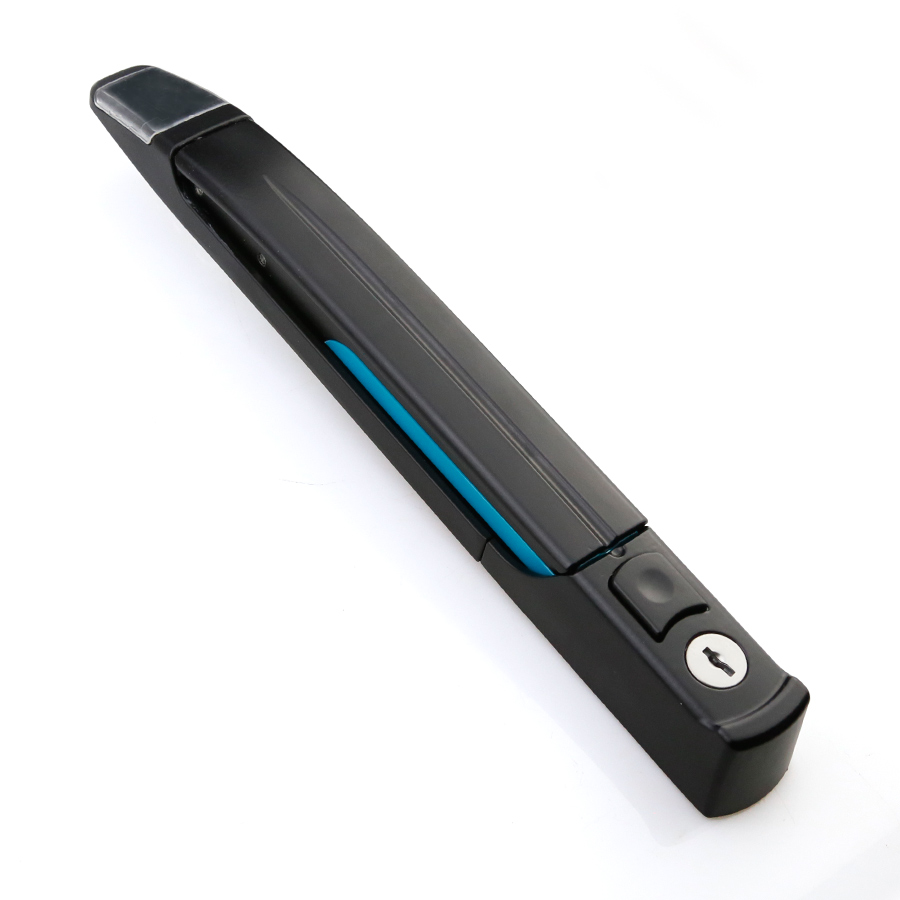As a key component in industrial equipment, security access control, and smart home applications, rod control locks have become the preferred equipment for control and protection scenarios due to their core advantages such as safety, reliability, ease of operation, and strong adaptability. Their lever-shaped transmission structure and precision locking mechanism enable them to excel in security, operational efficiency, and scenario adaptability, effectively solving the pain points of traditional locks, such as poor anti-pry performance, cumbersome operation, and limited applicability.

The structural design of the rod control lock gives it excellent anti-prying performance. It keeps equipment and spaces safe.
It uses a multi-point locking structure (2-4 lock points) and a drill-resistant lock cylinder. So its anti-prying time is over 15 minutes—that’s 3 times longer than ordinary single-point locks.
Tests in an industrial scenario show that for equipment equipped with rod control locks, the illegal opening rate dropped from 8% to 0.5%, effectively protecting internal precision components and data security.
The optimized transmission structure makes the rod control lock labor-saving and responsive, suitable for high-frequency use:
The lever-type transmission design reduces locking/unlocking torque by 40%, with a single operation time of ≤2 seconds—60% more efficient than traditional rotary locks.
After being used in industrial assembly line equipment, the cumulative daily locking/unlocking time for workers is reduced by 30 minutes, and an electronics factory increased its production turnover efficiency by 10% accordingly.
Rod control locks can be customized to meet specific needs, adapting to different equipment and spaces:
The lock lever length is adjustable from 100-500mm, accommodating cabinets, chassis, and access control systems of various sizes, with an adaptability rate of up to 95%.
It supports extreme outdoor environments from -40℃ to 80℃, with an IP65 protection rating. Even in chemical workshops and outdoor power distribution boxes, its stable operation rate remains above 98%.
High-quality materials and sophisticated craftsmanship ensure a longer service life for rod control locks, reducing the frequency of replacement and maintenance:
It uses a stainless steel lock lever and zinc alloy lock body, offering excellent corrosion resistance. No rust was detected after a 720-hour salt spray test, and its normal service life is 5-8 years.
Compared with ordinary locks, the failure rate of rod control locks drops from 12% to 1.5%. Its annual maintenance costs are reduced by 70%, so it’s more suitable for long-term, high-frequency use.
| Core Advantages | Core Design/Material | Key Data | Suitable Scenarios |
|---|---|---|---|
| High Security & Anti-Prying | Multi-point locking + drill-resistant lock cylinder | Anti-prying time ↑3x, opening rate 8%→0.5% | Industrial equipment, security access control |
| Convenient & Efficient Operation | Rod-shaped transmission structure | Operation time ≤2s, efficiency ↑60% | Assembly line equipment, high-frequency switching scenarios |
| Multi-Scenario Adaptability | Adjustable lock rod + IP65 protection | Adaptability rate 95%, stable operation rate ≥98% | Outdoor distribution boxes, chemical workshops |
| Durable & Robust | Stainless steel lock rod + zinc alloy lock body | Service life 5-8 years, failure rate 12%→1.5% | Long-term high-frequency use scenarios |
Currently, rod control locks are developing towards intelligent and customized solutions: some products integrate electronic sensing modules, supporting remote control and status monitoring; customized services can adjust locking force and transmission methods according to customer needs. As a "core component" of security control, its continuously optimized advantages will further cover various scenarios such as industry, security, and home, providing more reliable control and protection solutions.

